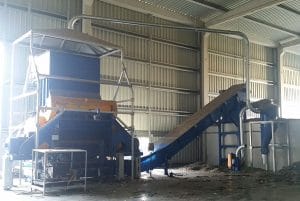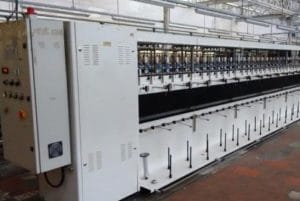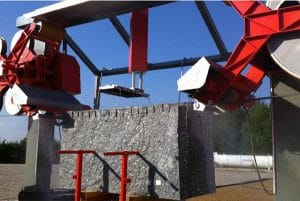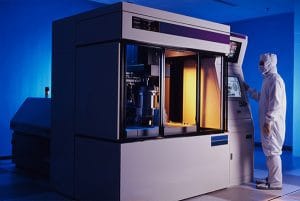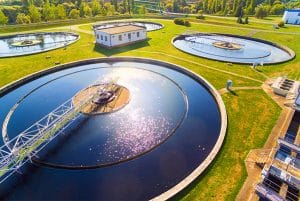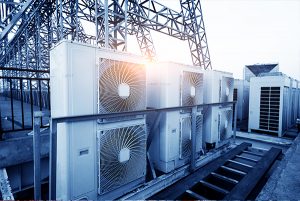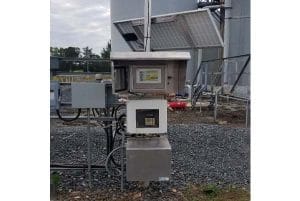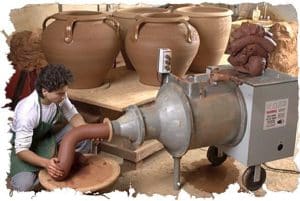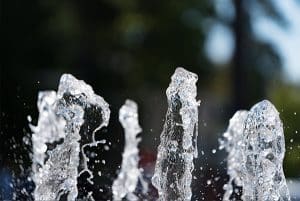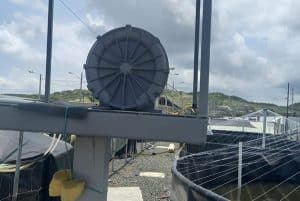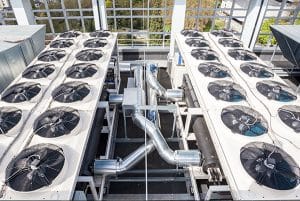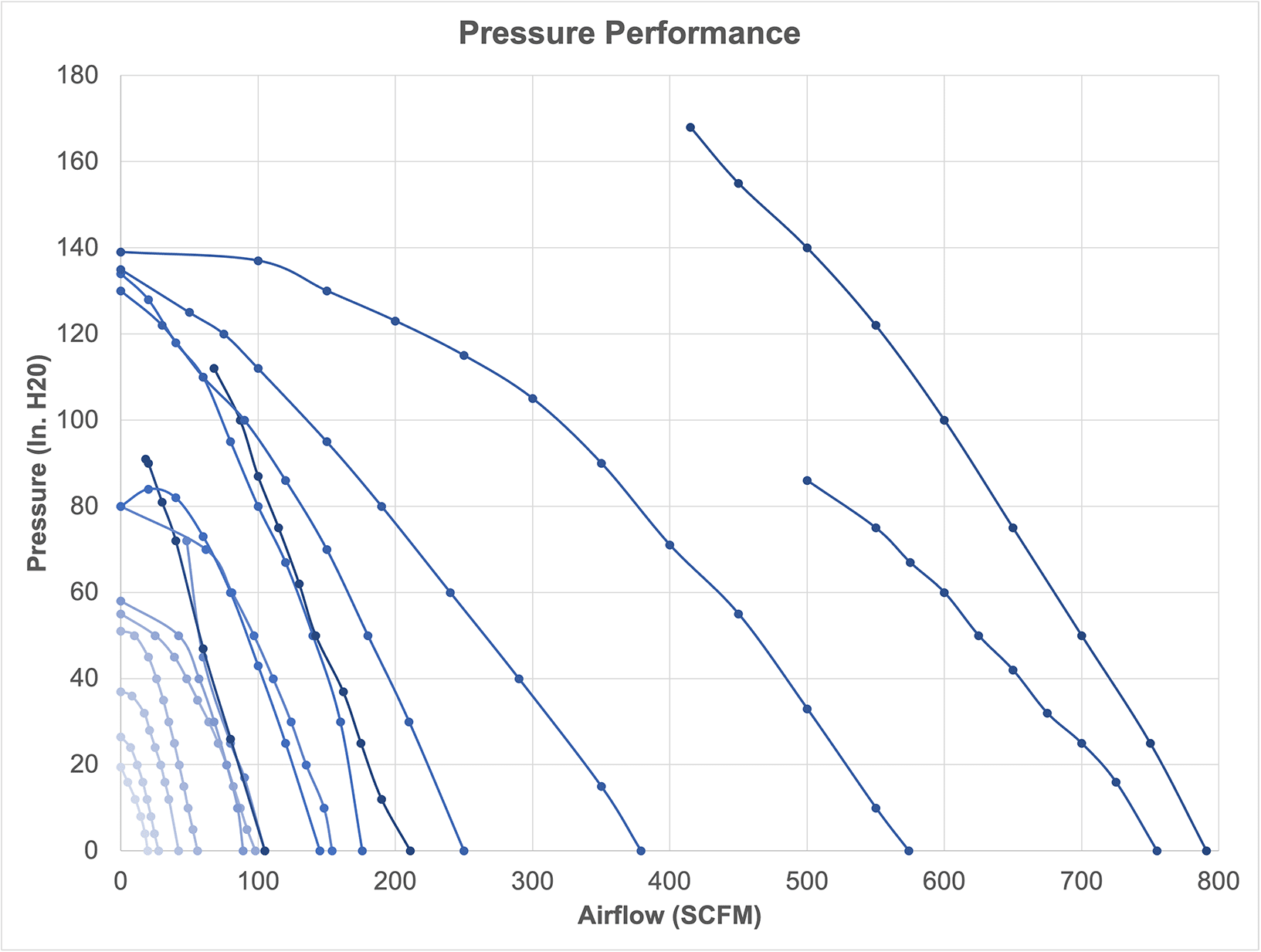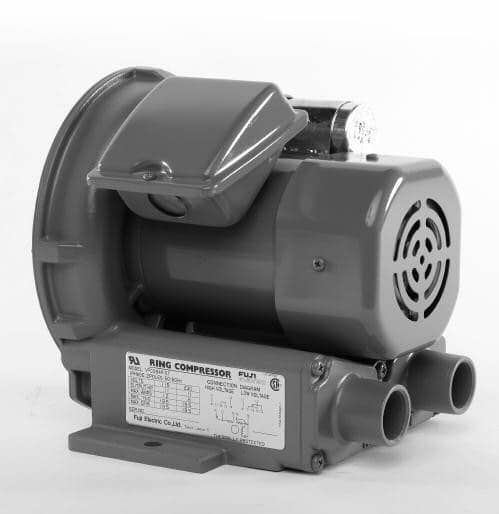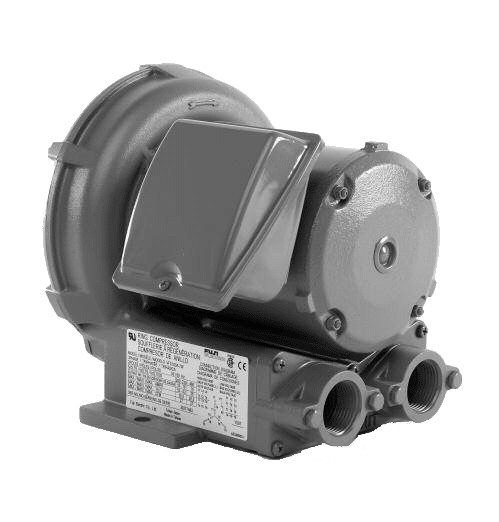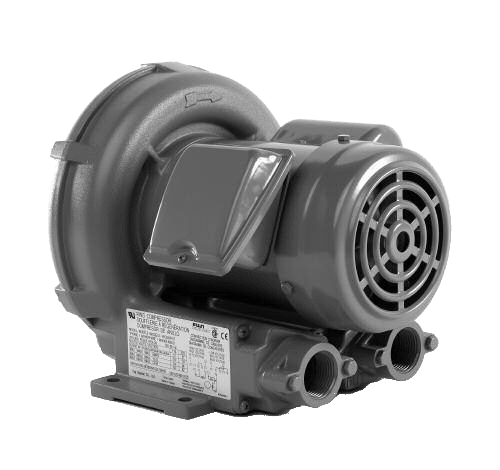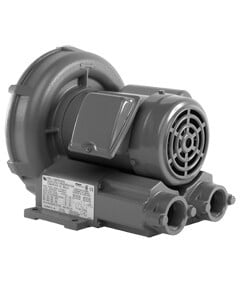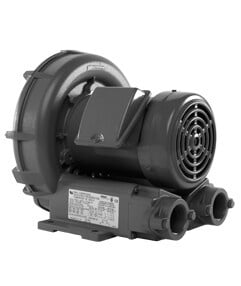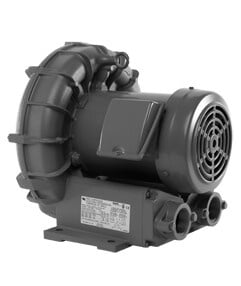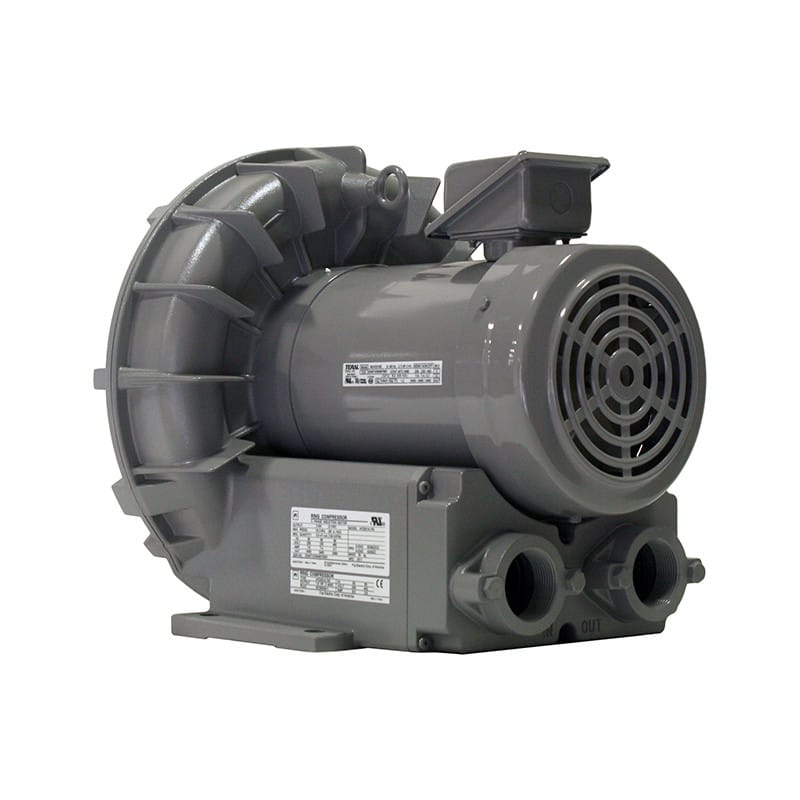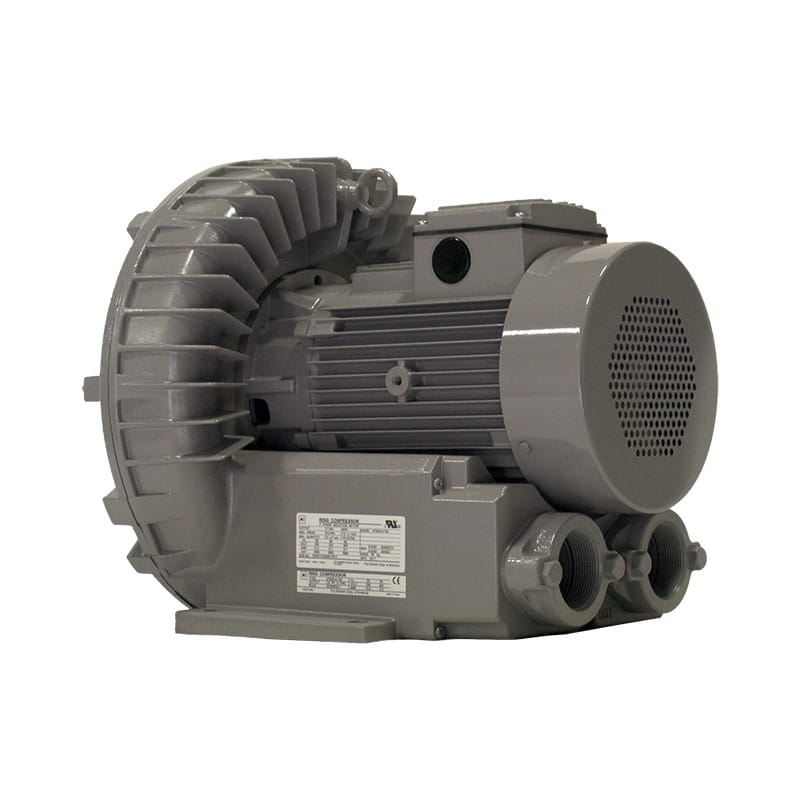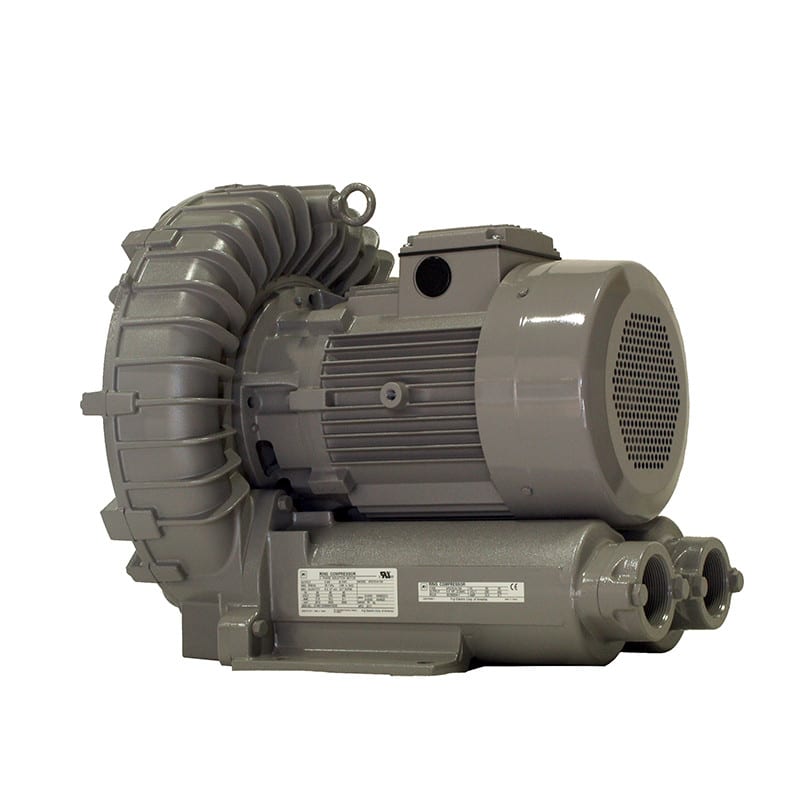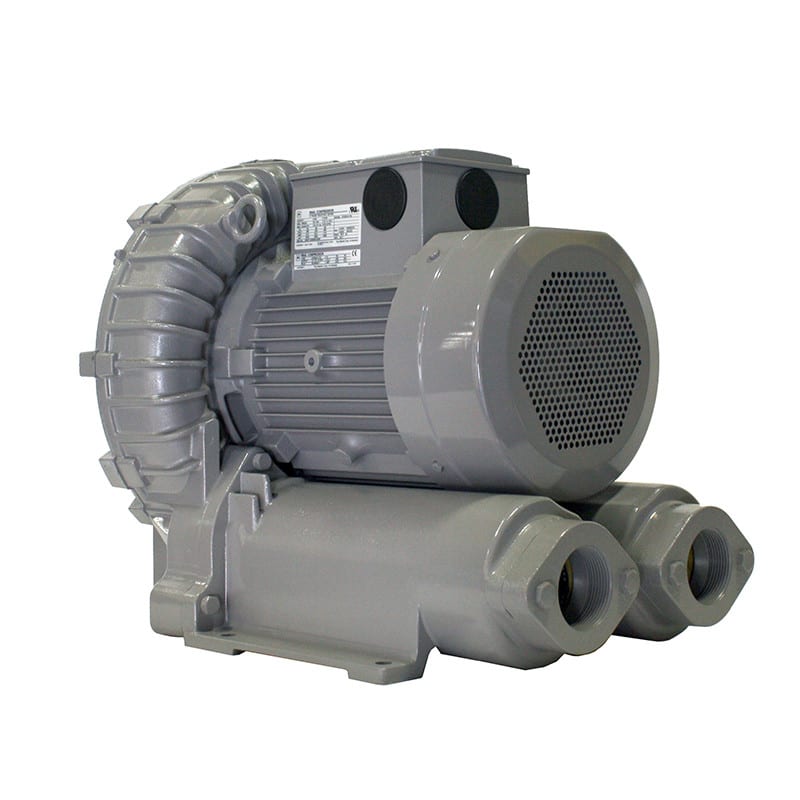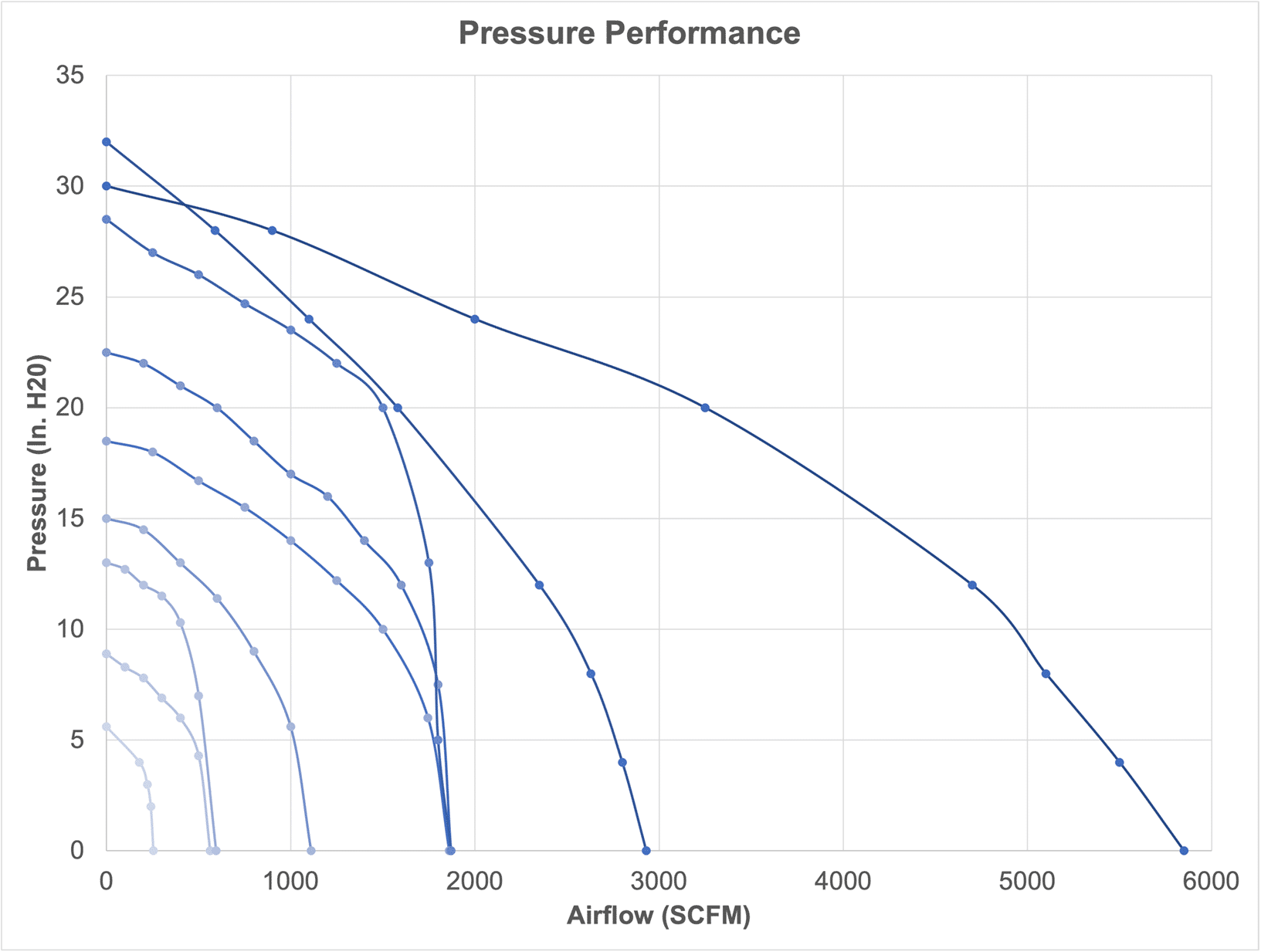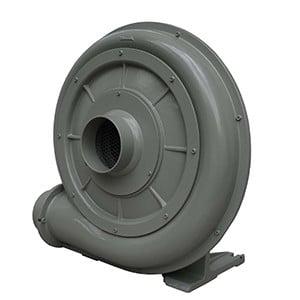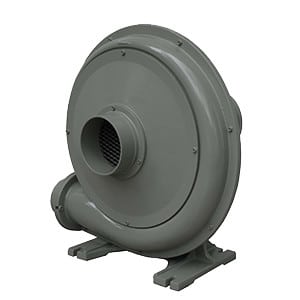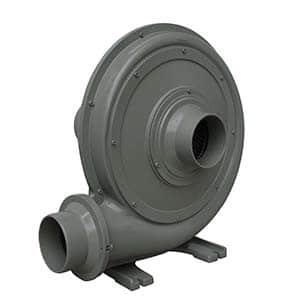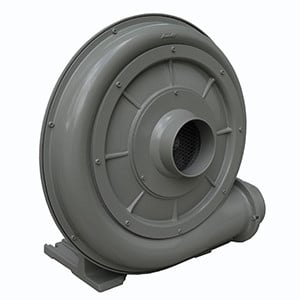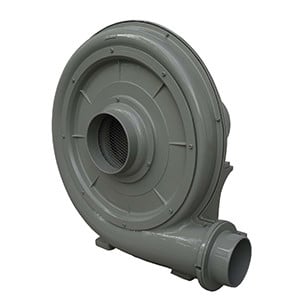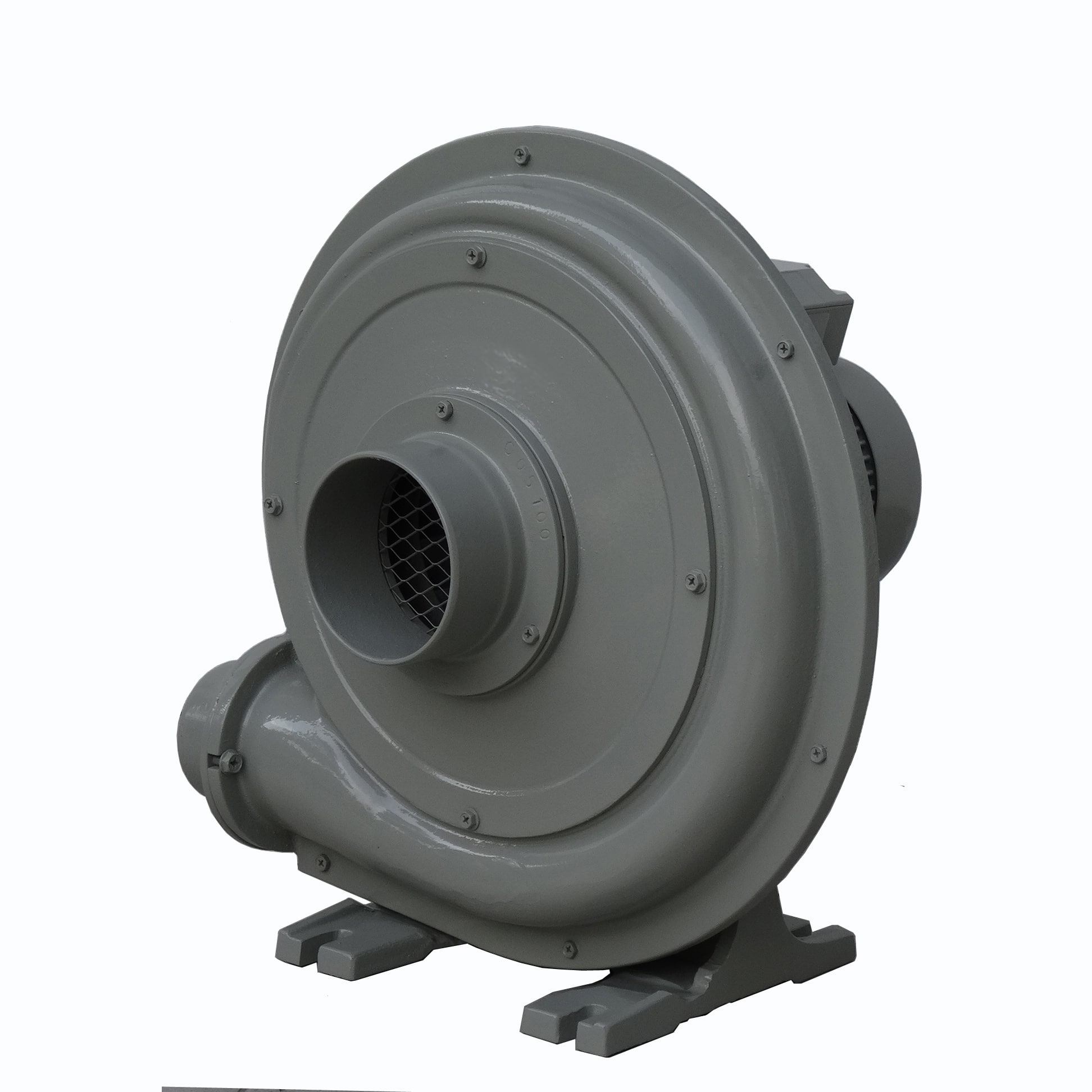Swimming pools and aquatic centers are well-known for their significant water and energy usage. While pool heating accounts for only a small portion of overall energy use in the U.S., it can still lead to significant expenses. Heating pool water takes up a significant amount of pool’s electricity consumption. 
Why use a pool heater pump? How does it work?
With electricity costs soaring, finding ways to reduce energy consumption in swimming pools is essential to ensure this leisure activity remains accessible and sustainable. Using a pool heat pump is one of the most efficient ways to reduce energy consumption. This heat exchanger effectively warms your pool’s water while using minimal energy. It provides substantial savings compared to traditional, energy-intensive gas heating systems.
What are the benefits of using an ultrasonic flow meter to optimize the performance of a pool heater pump?
Pool heat pumps are engineered to deliver maximum efficiency within specific water temperature and flow rate ranges. For optimal performance, the control elements of heat exchangers must be properly adjusted. Ensuring the water flow rate aligns with the manufacturer’s specifications is crucial for maintaining efficiency and minimizing energy consumption.
Flow meters measure the flow of the heat exchanger pump and also features a built-in function to calculate the heating system’s efficiency when temperature sensors are connected. Flow meters are easy to install, requiring no pipe cutting or disruption to the pool or heating system’s operation.




